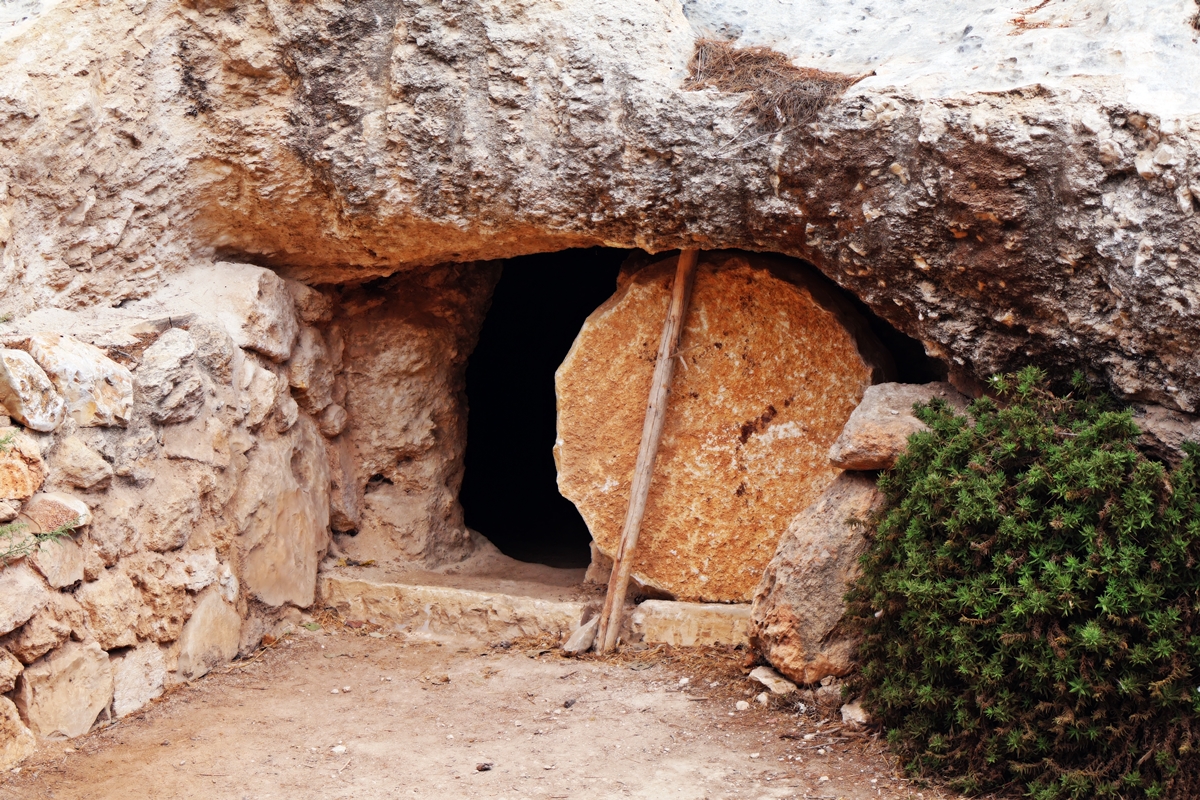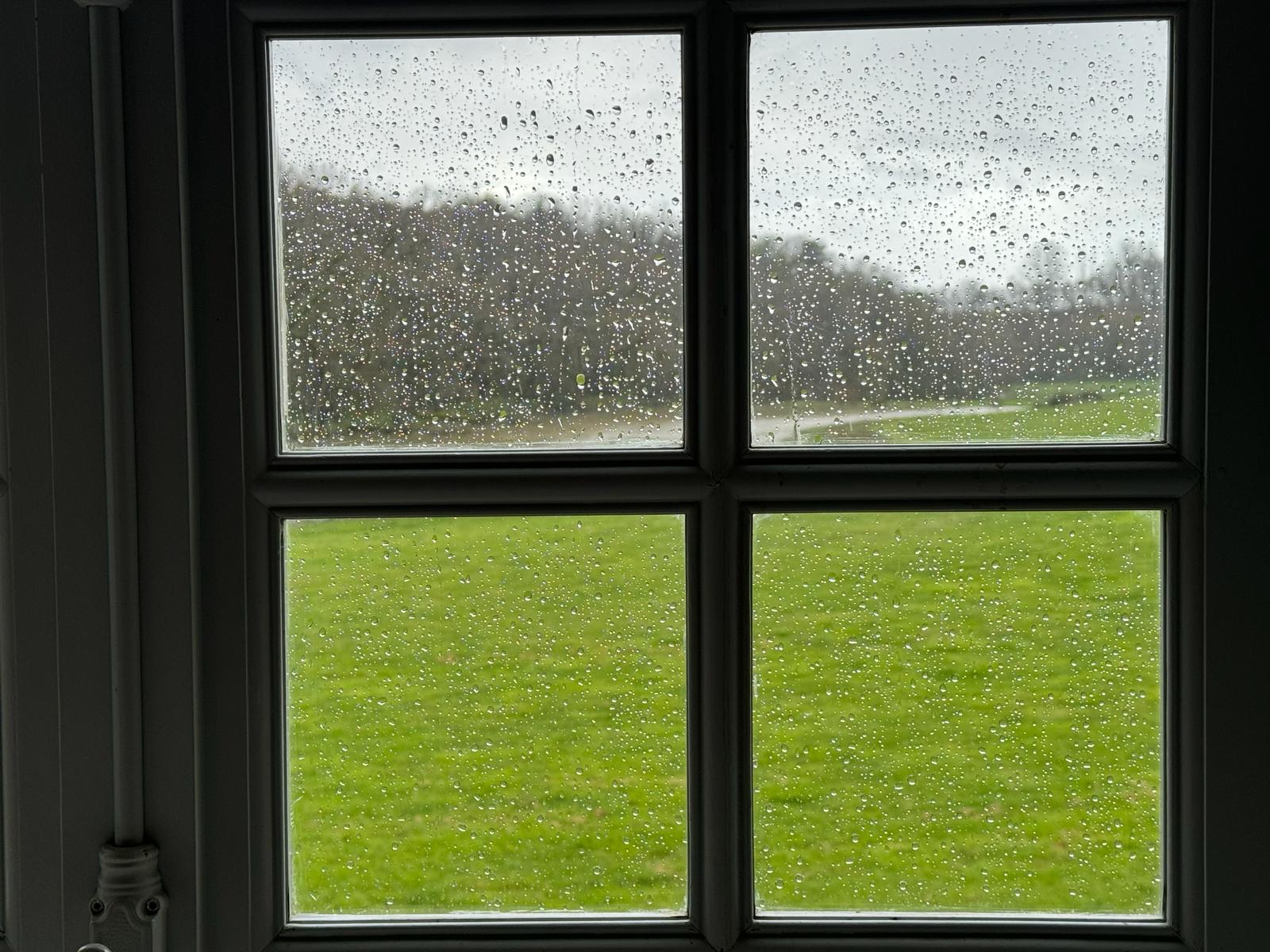

In the early stages of learning to meditate – we are still learning, if we are disciples, into the ultimate stages as well– we discover the difference between attention and concentration. Usually when we concentrate on something, a problem, a book, a sound or an object, we become more tense. The brow furrows and the body tightens. After a while the tension starts to become tiring because it is using energy on many different levels.
Attention, by contrast is precisely a-tension (my apologies to the translators. Feel free to explain). This means an absence of tension. There is a definite shifting of the centre of consciousness away from the me-universe of introspection and self-evaluation – how am I doing, what do other people think of me, am I happy? But there is also an expansion of the range of consciousness, its depth and breadth. Usually when an expansion like this occurs there is a weakening of energy. But with attention, as with a mother’s love, it increases in proportion to its own potential to be received or to give itself.
So with meditation, it matters whether we learn to meditate as a discipline or as a technique. Techniques are inherently self-limiting. They hit a wall quite quickly and have to get over the wall – to transcend the ego – or collapse back into themselves and their own bio-feedback. Discipline, on the other hand, is inherently self-transcending because it seeks the master, hidden in the mystery, on whom its attention is focused.
Jesus calls this attention a ‘narrow path’. It is narrow but, like zero, it is closer to infinity than we can possibly imagine. Anyway, it ‘leads to life’.
Laurence Freeman OSB
Listen to the Lent Daily Reflections Podcast HERE



